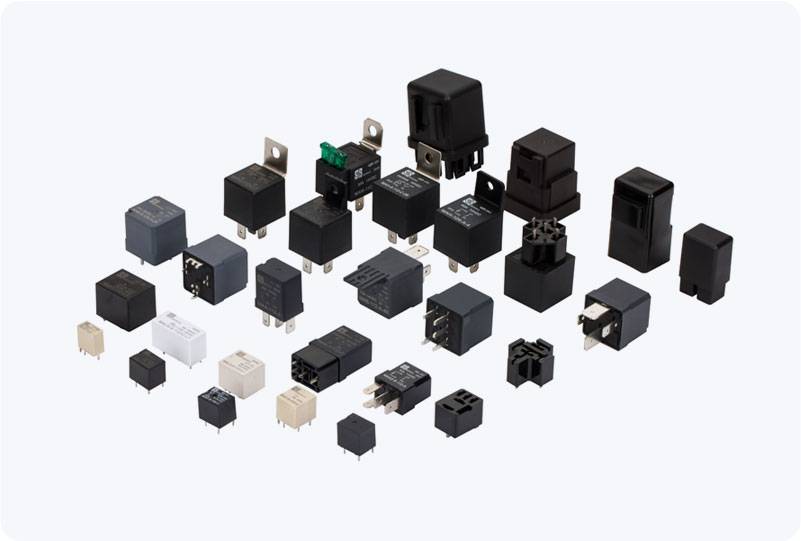24vdc power relay: key features, applications, and benefits
Release time:2025-10-26 10:11:56
A 24VDC Power Relay is a widely used electrical component that plays a crucial role in modern automation systems, industrial control circuits, and many other electronic applications. These relays help control high-voltage circuits by using a lower-voltage, low-current signal to activate or deactivate larger electrical loads. Operating with a 24VDC (24-volt direct current) power source, the 24VDC power relay is an essential tool for efficient, reliable, and safe electrical switching in a variety of settings. This article explores the key features, working principles, applications, and benefits of the 24VDC power relay.

Key Features of 24VDC Power Relay
A 24VDC power relay typically consists of two main parts: the coil and the contacts. The coil, when energized with 24VDC, creates a magnetic field that moves the armature to open or close the relay contacts. The contacts are the electrical pathways that connect or disconnect in response to the magnetic field, thereby controlling the flow of current in the connected load.
Some important features of a 24VDC power relay include:
Coil Voltage: The coil voltage of a 24VDC relay is designed to work specifically with 24-volt direct current. The voltage rating ensures that the relay will be activated properly without overloading or damaging the coil.

